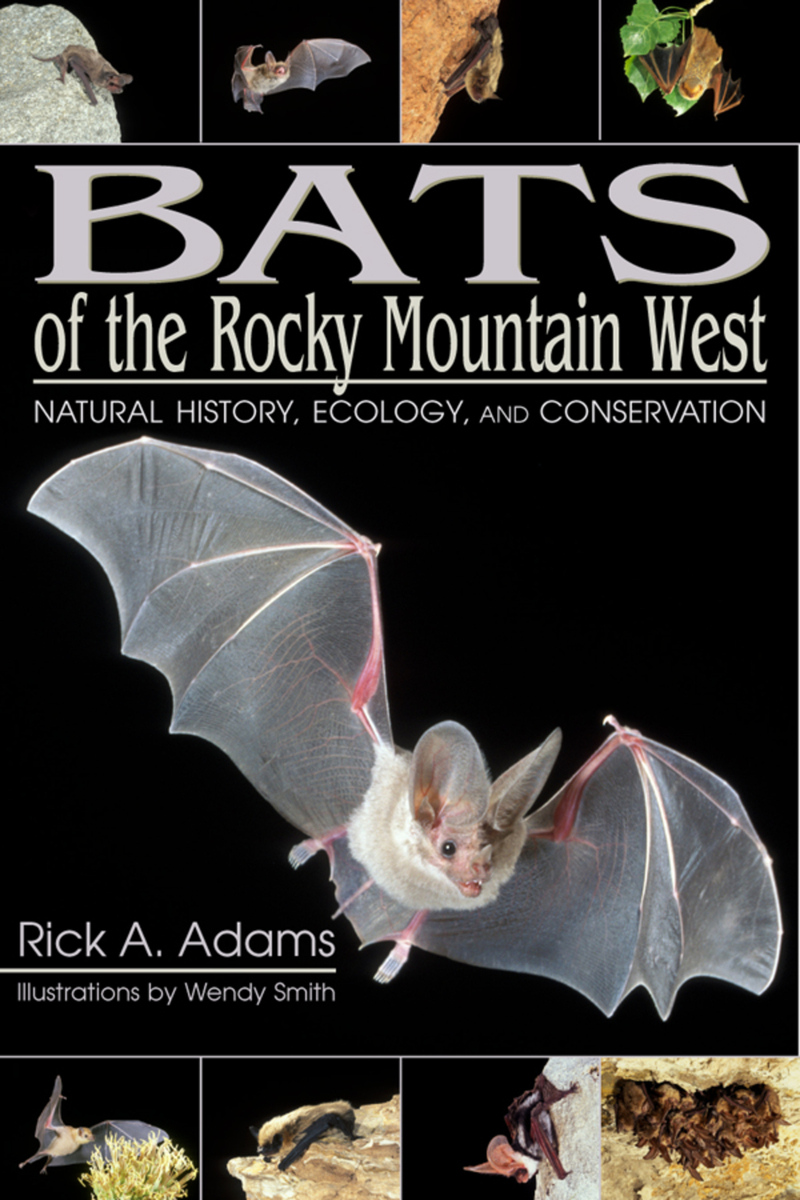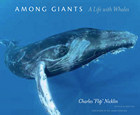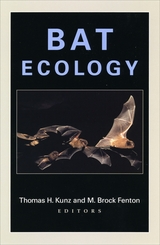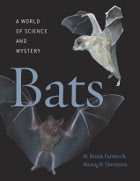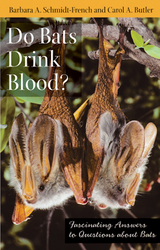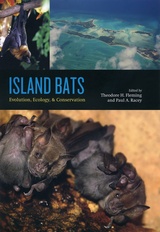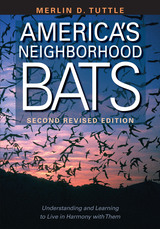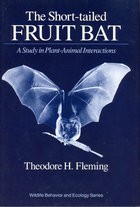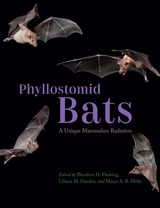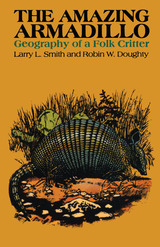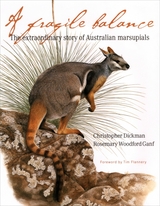Paper: 978-0-87081-736-6 | Cloth: 978-0-87081-735-9
Library of Congress Classification QL737.C5A22 2003
Dewey Decimal Classification 599.40978
Bats of the Rocky Mountain West begins with a general discussion of bat biology and evolution as well as regional physiography and zoogeography. In addition, Adams describes - based on the results of extensive research - the behavior and ecology of the 31 species of bats found in Montana, Idaho, Wyoming, Utah, Colorado, New Mexico, and Arizona. Naturalists and biologists alike will benefit from the detailed species descriptions, color photographs and illustrations, distribution maps, and echolocation sonograms. Bats of the Rocky Mountain West is a unique and valuable reference for professional bat biologists, naturalists, and wildlife enthusiasts interested in the conservation and ecology of bats in the region.
See other books on: Bats | Conservation | Mammals | Natural History | Rocky Mountains Region
See other titles from University Press of Colorado
